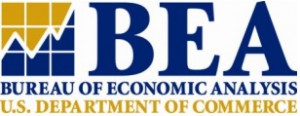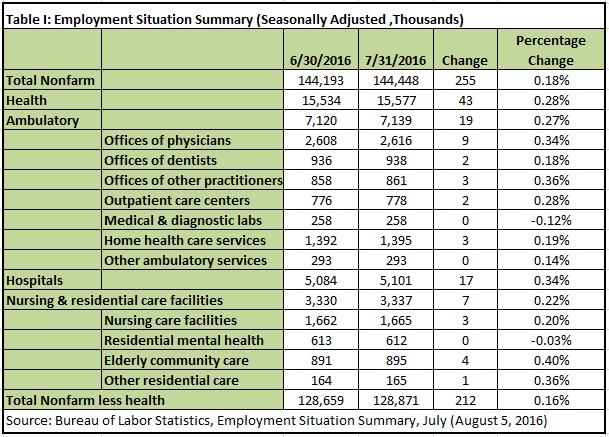PPI: Health Prices Up Among Zero Overall Inflation
 As with July’s Producer Price Index, health price inflation is no longer eye-popping, but still higher than overall PPI, which was flat in August. Hospital outpatient care stands out, with prices having risen 1.1 percent, monthly. Other price increases were moderate, but only prices of X-Ray machines and electromedical equipment declined.
As with July’s Producer Price Index, health price inflation is no longer eye-popping, but still higher than overall PPI, which was flat in August. Hospital outpatient care stands out, with prices having risen 1.1 percent, monthly. Other price increases were moderate, but only prices of X-Ray machines and electromedical equipment declined.
This is also true over the last twelve months. Pharmaceutical prices especially stand out, even though they have risen moderately for a few months. It will take a while for the trend of high prices hikes from a few months ago to break down. Nursing homes, for which prices rose 3.0 percent, might replace drug makers as the whipping boy for high health prices, but they have a long way to go.





